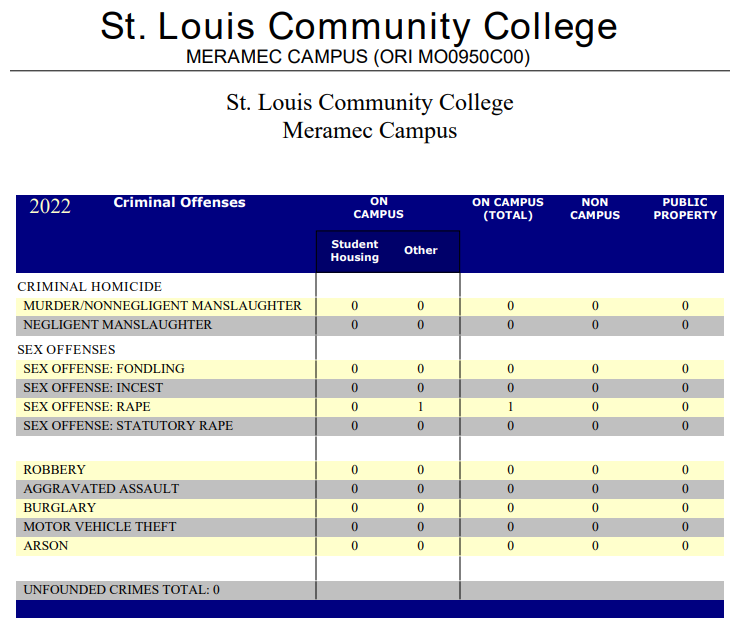With the largest student body among St. Louis community colleges, Meramec also educates the greatest number and variation of international students.

Emi Gardner
– Staff Writer –
As February commemorates diversity by recognizing Black History Month nationwide, STLCC-Meramec acknowledges its students’ unique heritages. With the largest student body among St. Louis community colleges, Meramec also educates the greatest number and variation of international students.
The 463 permanent residents (students originating from other countries who now live in the United States with a green card) and 245 international students attending Meramec are from 66 different countries. The largest-represented nationalities are South Korea and Vietnam among visa students, and Bosnia-Herzegovina among permanent residents.
In total student body count, those of Asian/Pacific Islander, African American and Hispanic/Latino descent have increased their overall enrollment in the past four years while Caucasian/Non-Hispanic has decreased.
To accommodate the school’s multiformity, Paula Reed, the designated school official for Meramec, and Mike Cundiff, the primary designated school official, are readily available to assist international students with both applying and guidance. According to Cundiff, a student’s English-speaking ability, cultural specific efforts made, and campus-based program offerings are equally influential factors during the course of cultural assimilation.
“Without the availability of a strong support person, international student adjustment couldn’t happen,” Cundiff said. “[ . . .] So the Admissions Office, as part of a wider campus community, is committed to supporting international students both academically and socially,” he added.
Most foreign scholars are pleased with the opportunities offered at STLCC. “I think Meramec has done a good job making the campus welcoming for its students and conducive for their growth,” said Philippine student Angela Carino.
“It is very good to have so much diversity on campus. You get to learn a lot from others and their way of life,” said Suzana Gjoka, from Albania.
But according to some students, there are occasions of intolerance due to ethnicity. “I’ve often felt discriminated against by American students. I don’t think they do it on purpose, but they just don’t know how to deal with us [international students]. I think they become frustrated to help,” Jieun Jeong, from North Korea, said.
To ease similar sentiments, students are invited to join the International Club. The organization promotes “each ethnicity to describe their culture and background through a form of art and discussion,” said Kimi Kaur, a full-time student and member of the club.
It also allows international students “to become socialized into the system through interaction with Americans and other international students. It gives us a place in the school as we help out in activities,” said member Habiba Inusah, from Ghana.
“When at meetings and events, you get to know other people who know what it feels like to be a minority,” said member Anabel Gonzalez, from Mexico.
Although cooperative console shows international students that the U.S. appreciates their arrival, the initial transition can be fearsome yet strengthening.
“Now I look back for the first time, that I was 17 years old, without knowing any English when I came here, and I put my life in two suitcases to come here, and didn’t even know where I was going—it seems brave. Now when I look back it seems like I did a crazy thing. But if you ask me if I would do it again, I would say ‘Yes,’” said an anonymous international student.
With newly acquired freedom, individuals from across the world hope to explore areas of the earth they’ve never known and unexpectedly discover unforeseen backgrounds, philosophies and ways of life.











